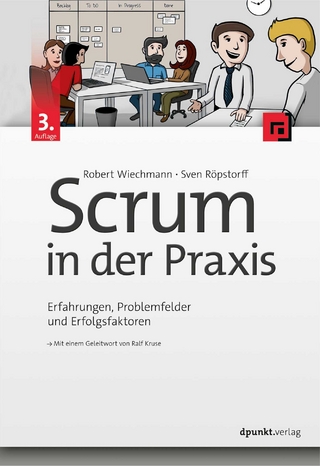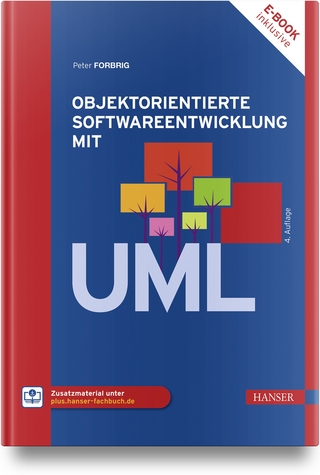Test Driven Development
Addison-Wesley Educational Publishers Inc (Verlag)
978-0-321-14653-3 (ISBN)
Quite simply, test-driven development is meant to eliminate fear in application development. While some fear is healthy (often viewed as a conscience that tells programmers to "be careful!"), the author believes that byproducts of fear include tentative, grumpy, and uncommunicative programmers who are unable to absorb constructive criticism. When programming teams buy into TDD, they immediately see positive results. They eliminate the fear involved in their jobs, and are better equipped to tackle the difficult challenges that face them. TDD eliminates tentative traits, it teaches programmers to communicate, and it encourages team members to seek out criticism However, even the author admits that grumpiness must be worked out individually! In short, the premise behind TDD is that code should be continually tested and refactored. Kent Beck teaches programmers by example, so they can painlessly and dramatically increase the quality of their work.
Kent Beck consistently challenges software engineering dogma, promoting ideas like patterns, test-driven development, and Extreme Programming. Currently affiliated with Three Rivers Institute and Agitar Software, he is the author of many Addison-Wesley titles.
Preface.
Acknowledgments.
Introduction.
I. THE MONEY EXAMPLE.
1. Multi-Currency Money.
2. Degenerate Objects.
3. Equality for All.
4. Privacy.
5. Franc-ly Speaking.
6. Equality for All, Redux.
7. Apples and Oranges.
8. Makin' Objects.
9. Times We're Livin' In.
10. Interesting Times.
11. The Root of All Evil.
12. Addition, Finally.
13. Make It.
14. Change.
15. Mixed Currencies.
16. Abstraction, Finally.
17. Money Retrospective.
II. The xUnit Example.
18. First Steps to xUnit.
19. Set the Table.
20. Cleaning Up After.
21. Counting.
22. Dealing with Failure.
23. How Suite It Is.
24. xUnit Retrospective.
III. Patterns for Test-Driven Development.
25. Test-Driven Development Patterns.
26. Red Bar Patterns.
27. Testing Patterns.
28. Green Bar Patterns.
29. xUnit Patterns.
30. Design Patterns.
31. Refactoring.
32. Mastering TDD.
Appendix I: Influence Diagrams.
Appendix II: Fibonacci.
Afterword.
Index.
Man muss kein Anhänger des Extreme Programming sein, um den Nutzen von Unit Tests für die eigenen Projekte zu erkennen. Man muss nicht unbedingt "Test Driven" (also zuerst die Tests, dann der zu testende Code) arbeiten, wenn man Unit Testing nutzt. Aber man muss als "Unit Tester" dieses Buch gelesen haben, in dem Kent Beck, einer der Mitbegründer des Extreme Programming, beschreibt, wie er sich das Testen von Software gedacht hat. An machen Stellen wird das Buch etwas akademisch, aber es ist – wie der Titel schon sagt – an Beispielen orientiert. Am Anfang kommt Java zum Einsatz, später Python. Aber auch daran kann der .NET-geneigte Leser sich gewöhnen. Am Ende muss man auch nicht alles genau so machen wie Kent Beck. Aber man sollte wissen, wie es sich der "Vater" gedacht hat.
Holger Schwichtenberg
| Erscheint lt. Verlag | 27.11.2002 |
|---|---|
| Reihe/Serie | The Addison-Wesley Signature Series |
| Zusatzinfo | Illustrations |
| Verlagsort | New Jersey |
| Sprache | englisch |
| Maße | 189 x 234 mm |
| Gewicht | 420 g |
| Themenwelt | Informatik ► Software Entwicklung ► Agile Software Entwicklung |
| ISBN-10 | 0-321-14653-0 / 0321146530 |
| ISBN-13 | 978-0-321-14653-3 / 9780321146533 |
| Zustand | Neuware |
| Informationen gemäß Produktsicherheitsverordnung (GPSR) | |
| Haben Sie eine Frage zum Produkt? |
aus dem Bereich




